Blog
Sports injury prevention – 5 ways to strengthen and protect knees and legs

Sports injury prevention – 5 ways to strengthen and protect knees and legs
Active people can put a lot of pressure on their legs and knees while taking part in sports, training sessions, and gym workouts which may result in sports injury. Pushing limits and building up muscle is a large part of staying fit and enjoying the sport. However, it is important to look after your legs and knees so that they will work and stay pain-free for longer. From targeted exercises to specialist support aids, there’s a lot you can do to help sports performance, prevent sports injury, and protect joints on the move.
Table of Contents
Toggle1. Know your knees
Knees are the largest joint in the body and come under a lot of strain as we run, walk, job, climb and cycle. It can be very prone to sports injury. This is especially true if the surrounding muscles are not strengthened adequately before a training session, race or match.
If your knee is painful, it can be tempting to avoid exercise altogether. While you should consult a doctor if you suffer from knee pain, doing some gentle exercise can be beneficial to it. Stopping all activity could cause it to stiffen up and can take longer to heal as a result. Always stop immediately if you experience more pain or are concerned about how to protect your joints.

Some good exercise ideas that can help strengthen the areas around the knees include:
- Calf raises with resistance band
- Low-impact jumping jacks
- Swimming (this takes the strain off the joints and helps support your weight while you exercise)
- Half squats
- Walking (but not jogging or running until your knee feels stronger, and you have been signed off medically to resume).
2. Learn your legs
The knees are not the only part of the legs that can be vulnerable to sports injury. Pulled muscles, snapped tendons, falls and sprains can all affect the legs and damage sports performance, leading to sport injury. The key to keeping legs as injury-free as possible is lots of exercise. This is because exercise will help strengthen muscles, joints and tendons. As a result, your legs will withstand greater impacts on them. They will also help you to run and jump faster and will recover quicker after training.
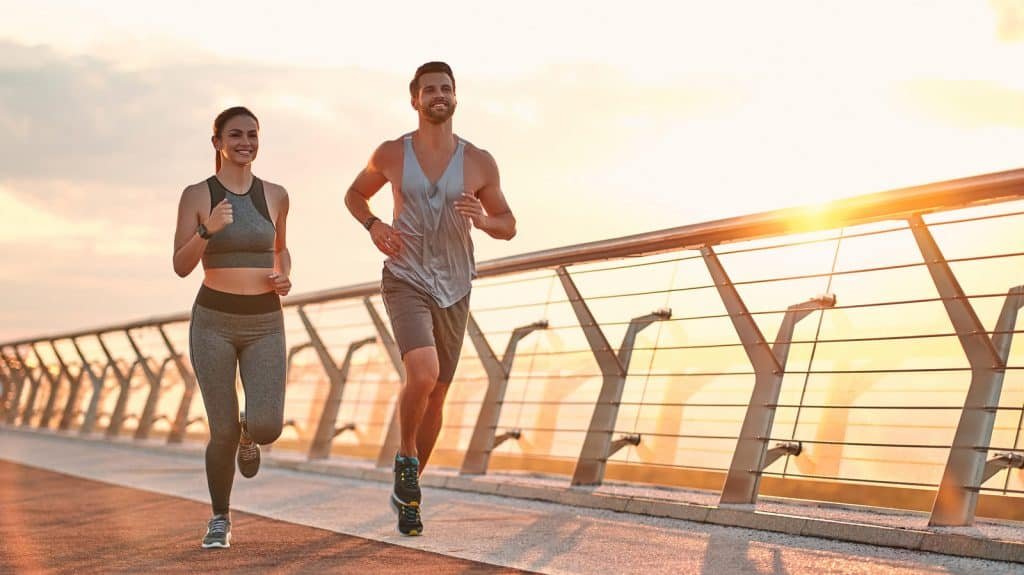
Always check with your doctor before changing or starting a leg exercise regime. This is most important after a leg injury because you don’t want to set your recovery back. Warm up first so that the circulation gets going before you start the main exercises.
Do some bends and stretches to warm up, moving slowly at first to help your body get used to it. You can build up the range of motion as you get further into your exercise regime. Push yourself to see what you can do, but not to the point of injury or excess amounts of stress.
Some leg exercises work to improve balance, which also works the core muscles. Standing on one leg or on tiptoe can help improve posture, balance and co-ordination. These are all crucial skills for many sports. You can build muscle strength with knee or leg raises, squats and lunges to help protect joints. You can also use resistance bands. These come in different strengths to help you build up your training and sports performance as your legs get stronger.
3. All about ankles
Sprained ankles are a common form of sports injury. They can be very painful, but usually get better on their own. Speak to a GP or sports injury clinic if you are worried about your ankle recovery, avoid any strenuous activity for the first 48 hours. Get plenty of rest and wrap your ankle with an ice pack to reduce swelling. After that, try to stay mobile as much as you can. This will help prevent your ankle from getting stiff.
Good exercises to try include:
- Looping a resistance band around your foot and pull towards your body, keeping your legs straight.
- Stand facing a wall and place both hands on it at shoulder height. Put one foot in front of the other, slightly bent. Bend the front knee towards the wall until you feel the calf muscle working. Relax and repeat ten times.
- Sit down and try to ‘write’ the alphabet in the air by only moving your ankle.
- Stand on the injured foot for as long as possible. Hold onto a countertop or back of a chair to balance. Stand on a pillow to make it harder.
4. Show of support
Sometimes, all your legs, knees and ankles need to help keep them injury-free is some extra help. This can be in the shape of support bands, straps, compression socks and braces. They keep the joint in the right position and take much of the pressure off the body. They can also work by helping stabilise blood pressure, regulating temperature and correcting posture. Using these types of support devices can hugely improve sports performance. This is because they directly address any problems with your joints and correct them while you are on the move.
Support aids can also help reduce pain from conditions like arthritis, tendonitis and wear and tear from an active lifestyle. Or after an operation, once your doctor has signed you off to resume training. You can start wearing them at any stage, even before you feel pain or have any injuries. They can really help target painful or weaker areas so you don’t have to stop or modify your training. They are especially good for leg injuries and conditions like cartilage damage, arthritis, tendonitis, muscular tears and joint dislocation.
5. Fuel from within
Finally, what you eat can have a huge impact on your sports performance and the likelihood that you will suffer a sports injury. For instance, eating oils rich in omega-3 fatty acids in food or supplements can help reduce joint pain and stiffness. Some studies have shown that eating a healthy amount of fibre can protect joints and help you prevent knee pain. Fibre contains a protein that can help reduce inflammation. It also helps you feel full so you don’t overeat and gain too much weight.
Good foods to help fight joint inflammation include:
- Eggs
- Fresh vegetables and fruits
- Oily fish (salmon, tuna…)
- Walnuts
- Fish oil
- Green tea
Avoid highly processed foods like chips, high-sugar snacks, chocolate bars, processed meats and alcohol. Eat well, exercise healthily and look after your joints to help you to protect your legs for longer.
Social Share
More Posts
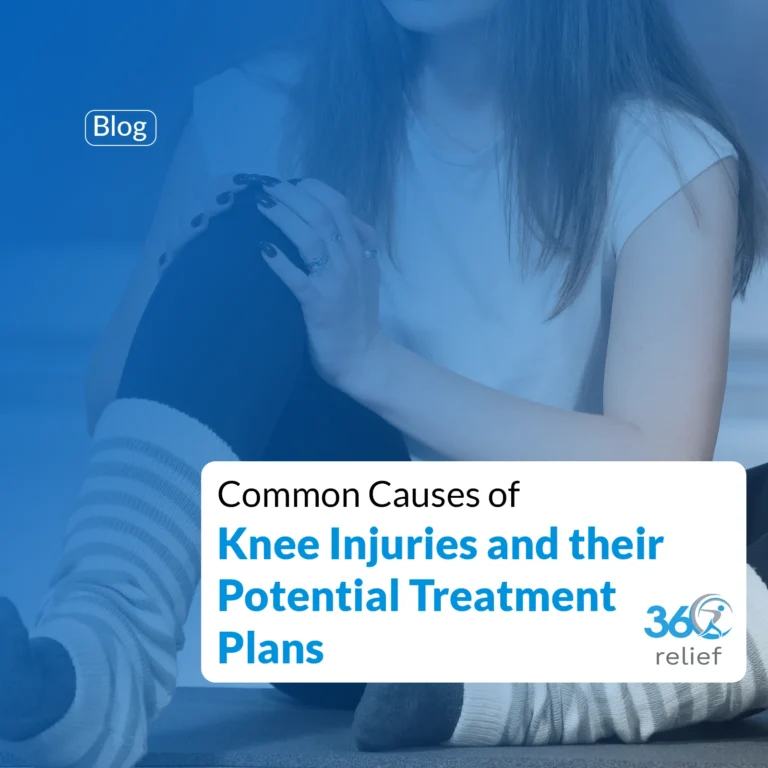
Common Causes of Knee Injuries and their Potential Treatment Plans
Knee Injuries: Overview The knee joint is considered one of the complex and largest joints in the body. It is

What is the Fastest way to Heal a Dislocated Knee?
A dislocated knee is relatively an uncommon injury. Ligaments connect the bones of the knee, which will result in a

Wake Up Refreshed: The Science-Backed Benefits of Eye Masks
Sleep is something we all know we need, yet many of us don’t get enough of it. Whether it’s the
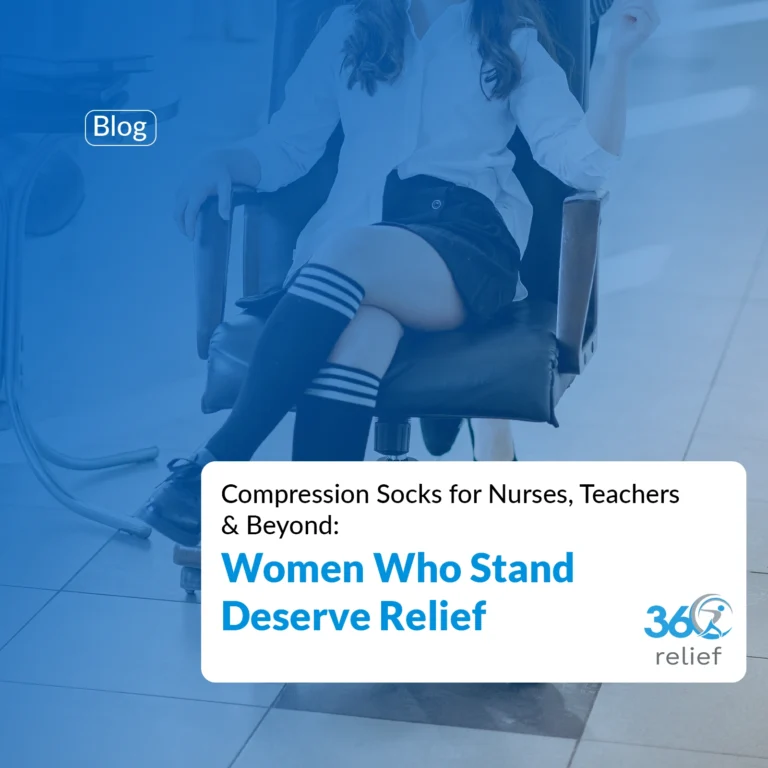
Compression Socks for Nurses, Teachers & Beyond: Women Who Stand Deserve Relief
Introduction Long days on your feet can be exhausting. Whether you are caring for patients, teaching in a classroom, welcoming
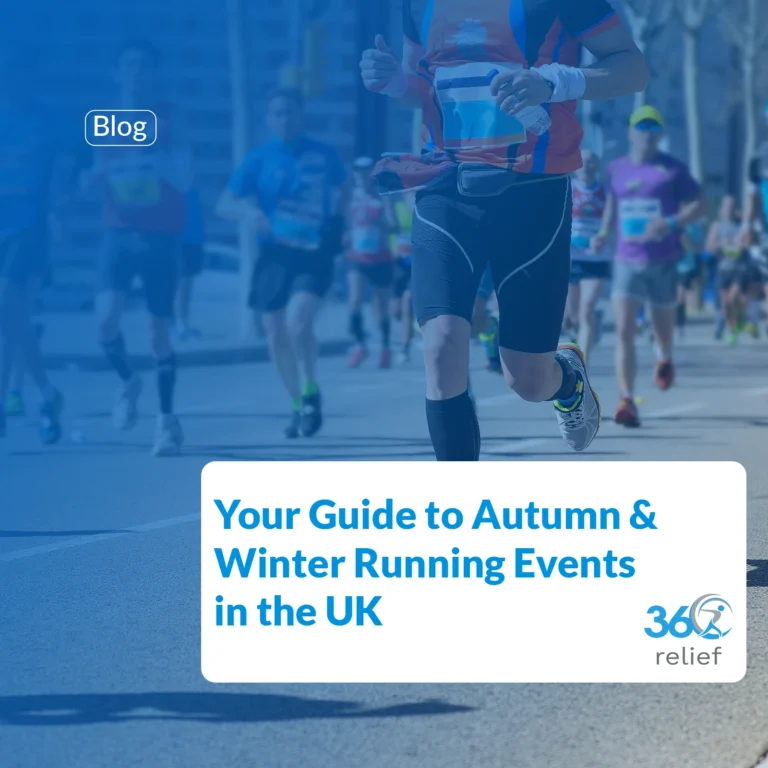
Your Guide to Autumn & Winter Running Events in the UK
As the leaves turn golden and the evenings draw in, the running community across the UK doesn’t slow down. If
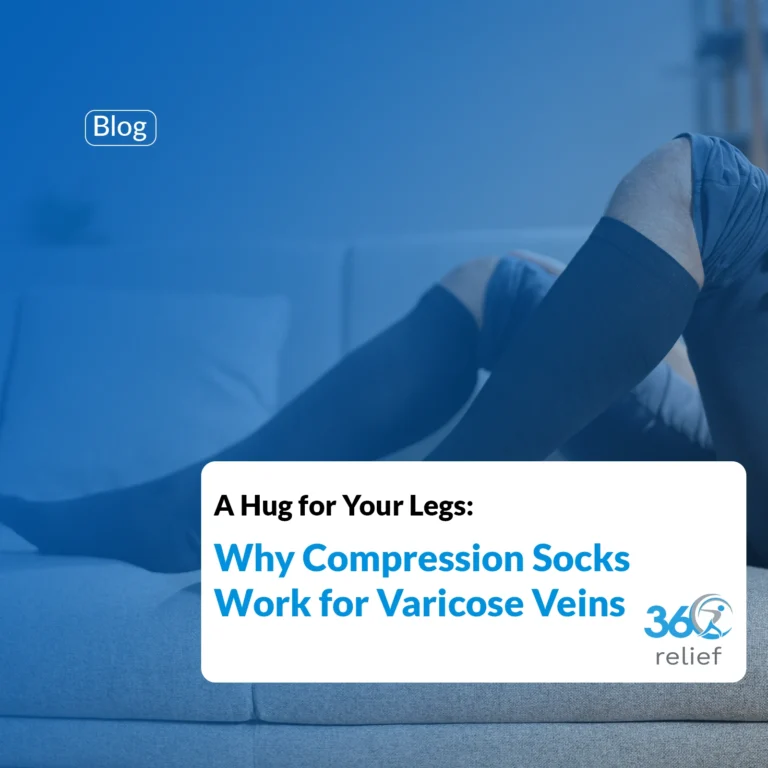
A Hug for Your Legs: Why Compression Socks Work for Varicose Veins
Varicose veins are more than just a cosmetic concern. For many people, they bring discomfort, swelling, and a heavy feeling
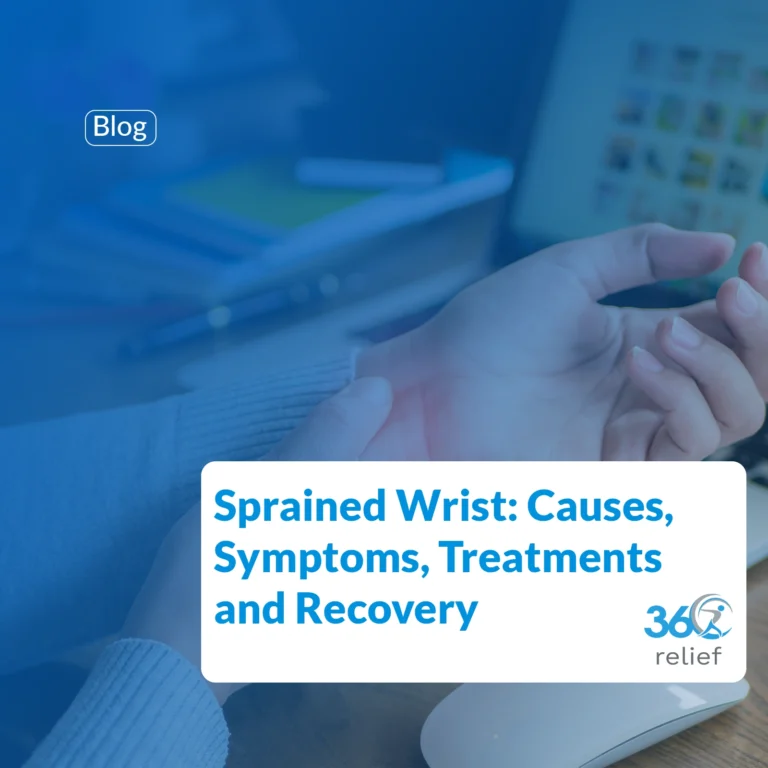
Sprained Wrist: Causes, Symptoms, Treatments, and Recovery
A wrist sprain(s) occurs when a ligament in the wrist is partially injured. Ligaments are the dense connective tissues that
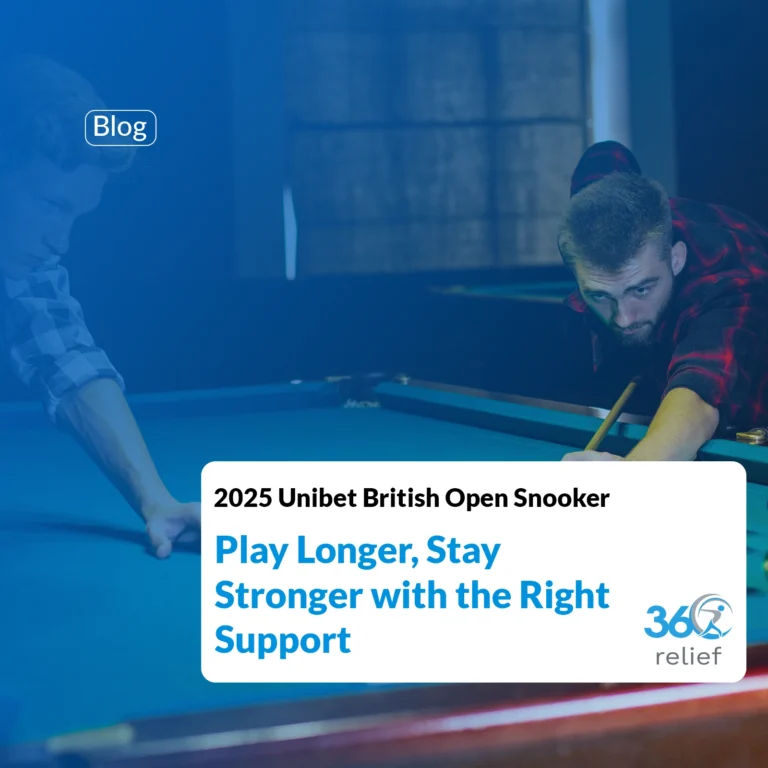
2025 Unibet British Open Snooker: Play Longer, Stay Stronger with the Right Support
The 2025 Unibet British Open Snooker is just around the corner, and excitement is building as fans prepare to watch
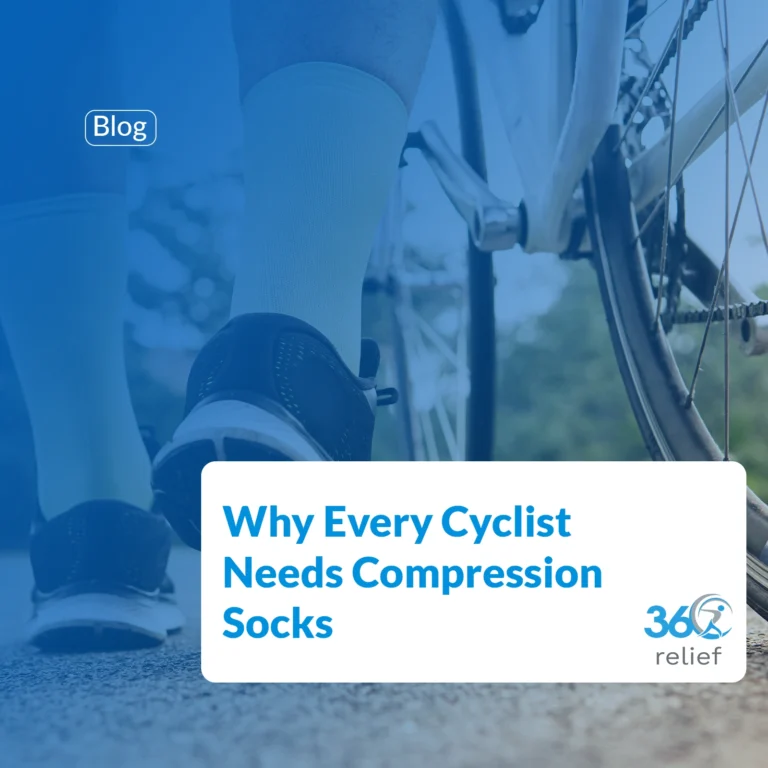
Ride Longer, Recover Faster: Why Every Cyclist Needs Compression Socks
Cycling is one of the most rewarding sports for both fitness and leisure, but it also places high demands on

Stay Injury-Free During the 2025 Tour of Britain: The Best Protective Supports for Cyclists
Cycling fans across the UK are gearing up for one of the most exciting events on the sporting calendar –

Train Hard, Recover Smarter: Why Supportive Products Are Key for 2025 World Boxing Championships Success
The World Boxing Championships 2025 are just around the corner, with Liverpool preparing to host some of the finest athletes

Top Benefits of Using a Sleep Eye Mask for Deeper, Healthier Rest
Getting enough sleep is one of the most important foundations of good health, yet many people in the UK struggle

Women’s 2025 Rugby World Cup: Thrilling Action, Smart Moves to Escape Possible Injuries
1. Introduction – Rugby’s Biggest Stage Returns to England From August to September 2025, England will host the most exciting
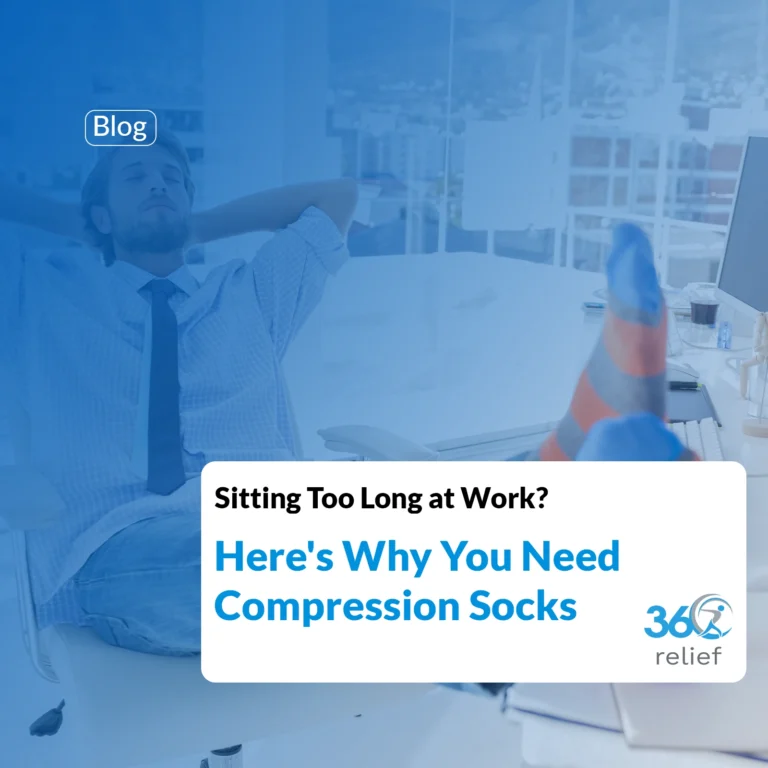
Sitting Too Long at Work? Here’s Why You Need Compression Socks
Modern workplaces often involve long hours at a desk, whether in an office or working from home. While sitting may
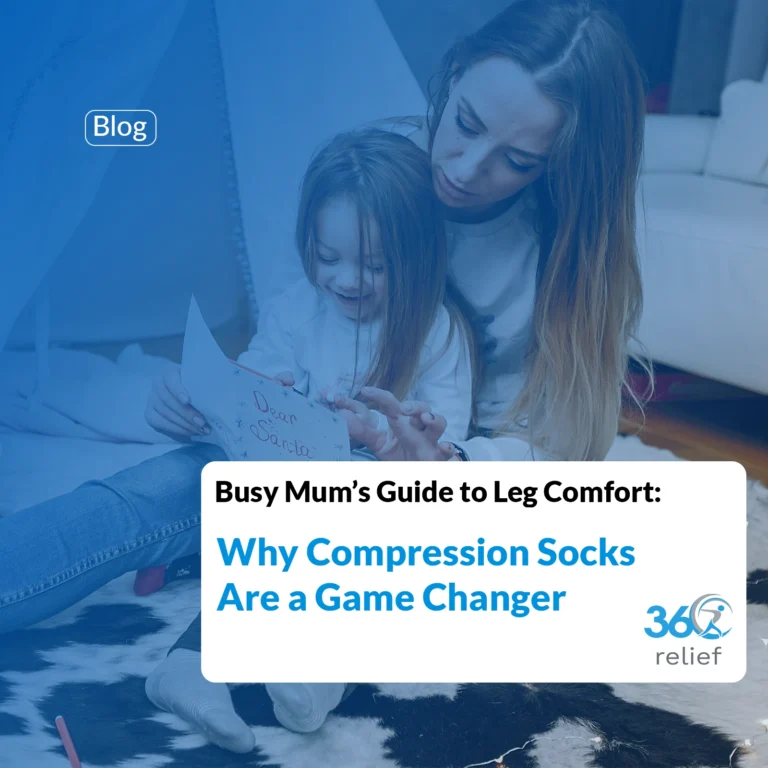
Busy Mum’s Guide to Leg Comfort: Why Compression Socks Are a Game Changer
Mums are the true multitaskers of everyday life. From school runs to supermarket trips, from cleaning to working on your


